Feed acid-loving plants twice yearly - Spring and Fall. Use half the recommended rate in the Fall application. If the area to be fed is mulched, it is preferable to remove the mulch, feed and then restore the mulch on top of the organic fertilizer. If this is not possible, double all recommended feeding rates. For new plantings: Dig hole larger than root of plant so that roots can spread naturally. Remove 1/2 of the soil and replace it with compost, peat moss or humus. Mix 1 cup of Holly-tone into amended soil. Place the plant in the hole so that it sits at the same depth it was previously growing (use soil mark on the trunk as a guide). Fill the hole halfway with amended soil. Pack the soil firmly, soak it with water, and allow it to settle. Finish filling hole leaving the top 2 in. loose for easy absorption of water. Make slight depression around the plant to help hold water. Add mulch to help conserve water, slow down evaporation, and control weeds. Keep well watered until plant is established. Note: Azaleas, Rhododendrons and Laurel are shallow rooted plants. Keep them mulched and well watered in dry weather. Do not cultivate near them as surface roots may be cut and the plant damaged.
Flower food formulated for acid-loving plants, such as hollies, azaleas, camellias, evergreens, dogwoods and rhododendrons
Mix organic, granular fertilizer with soil to encourage healthy growth of acid loving plants
Enhanced with bio-tone microbes
Easy lawn care - slow-release fertilizer for extended feeding
4-3-4 fertilizer analysis
For organic gardening

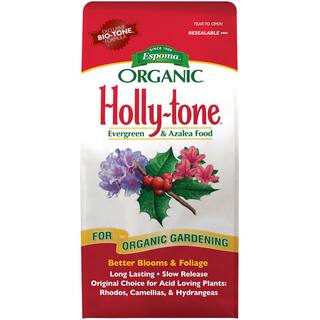

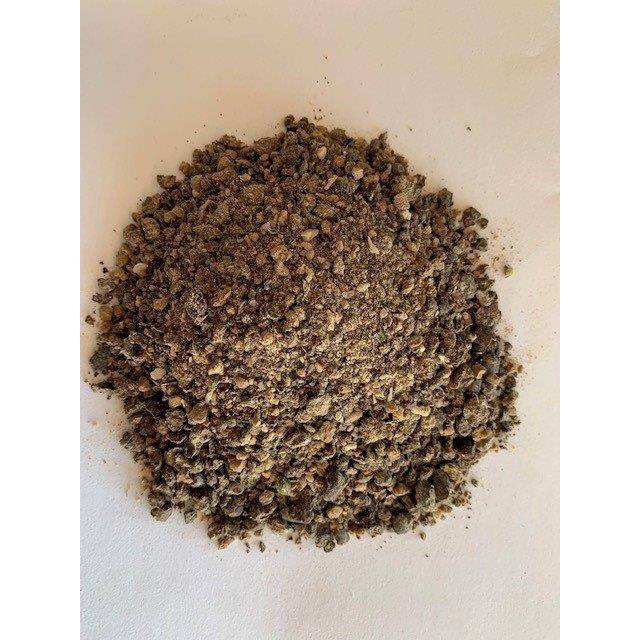


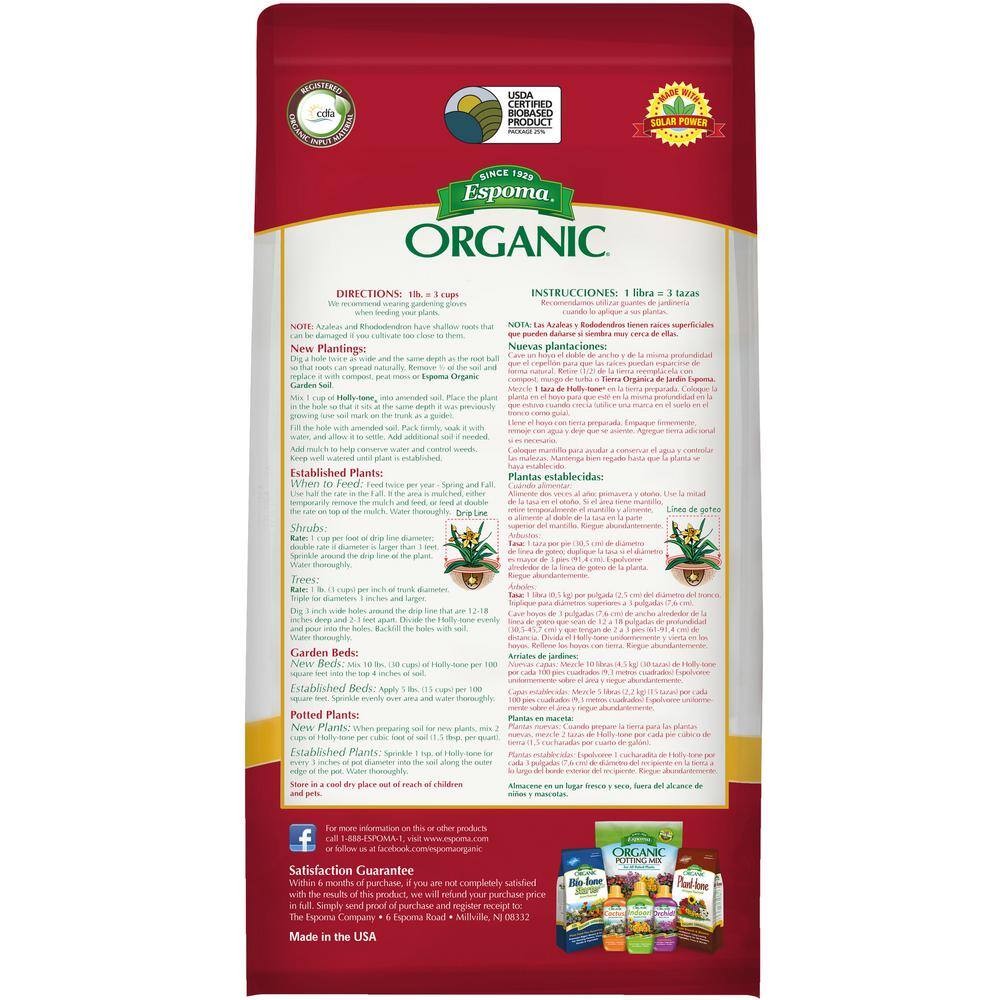
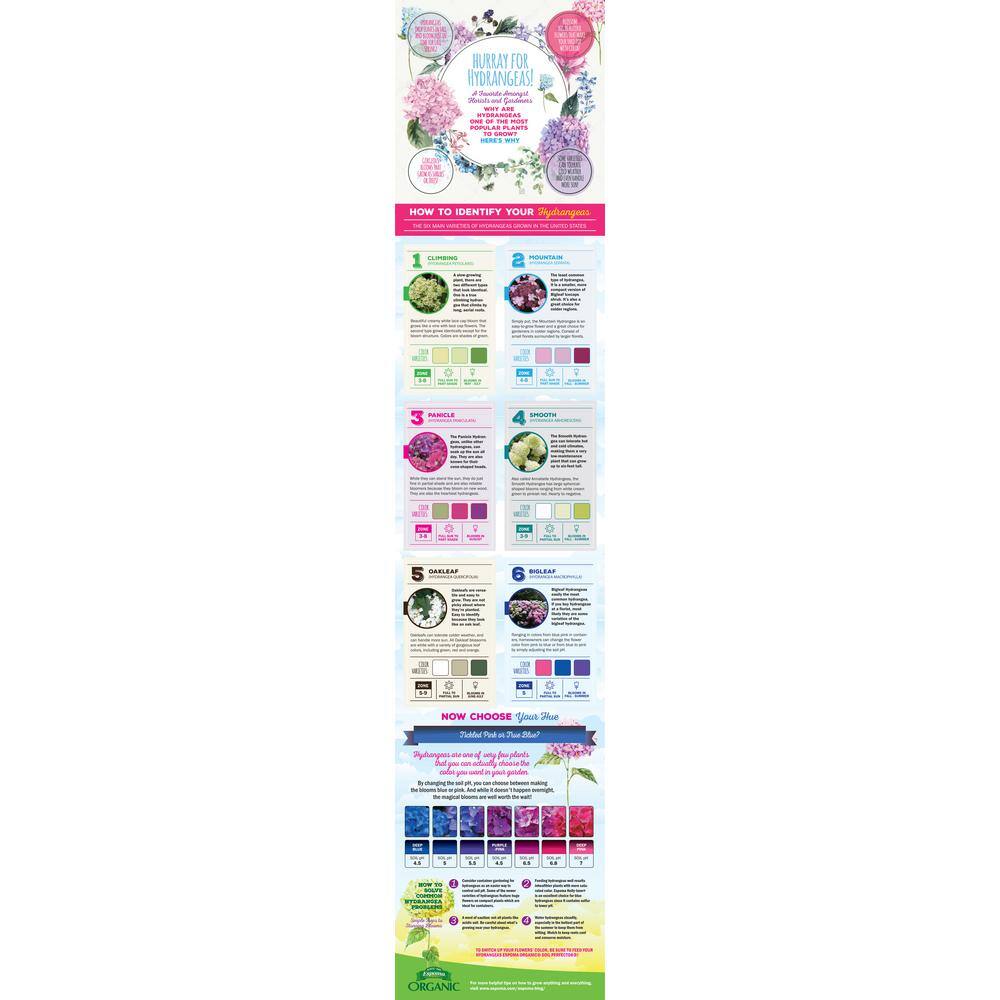


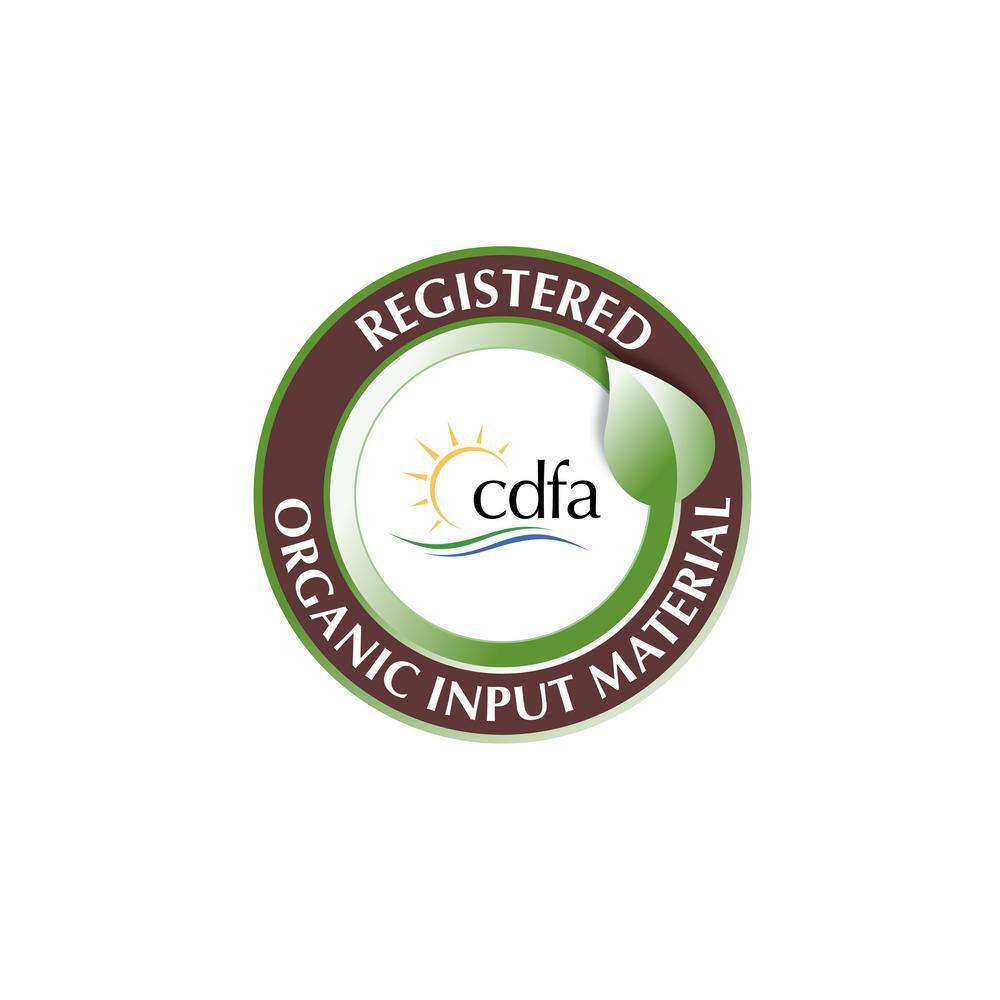
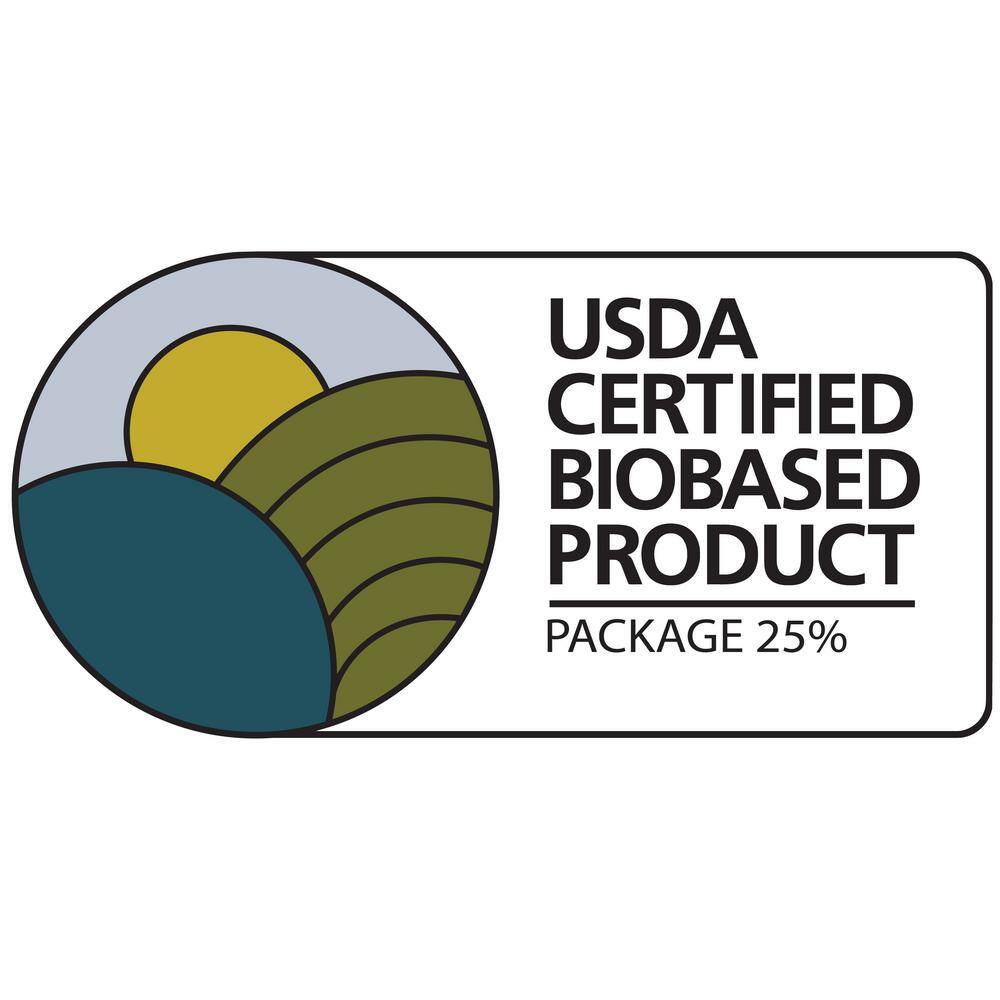
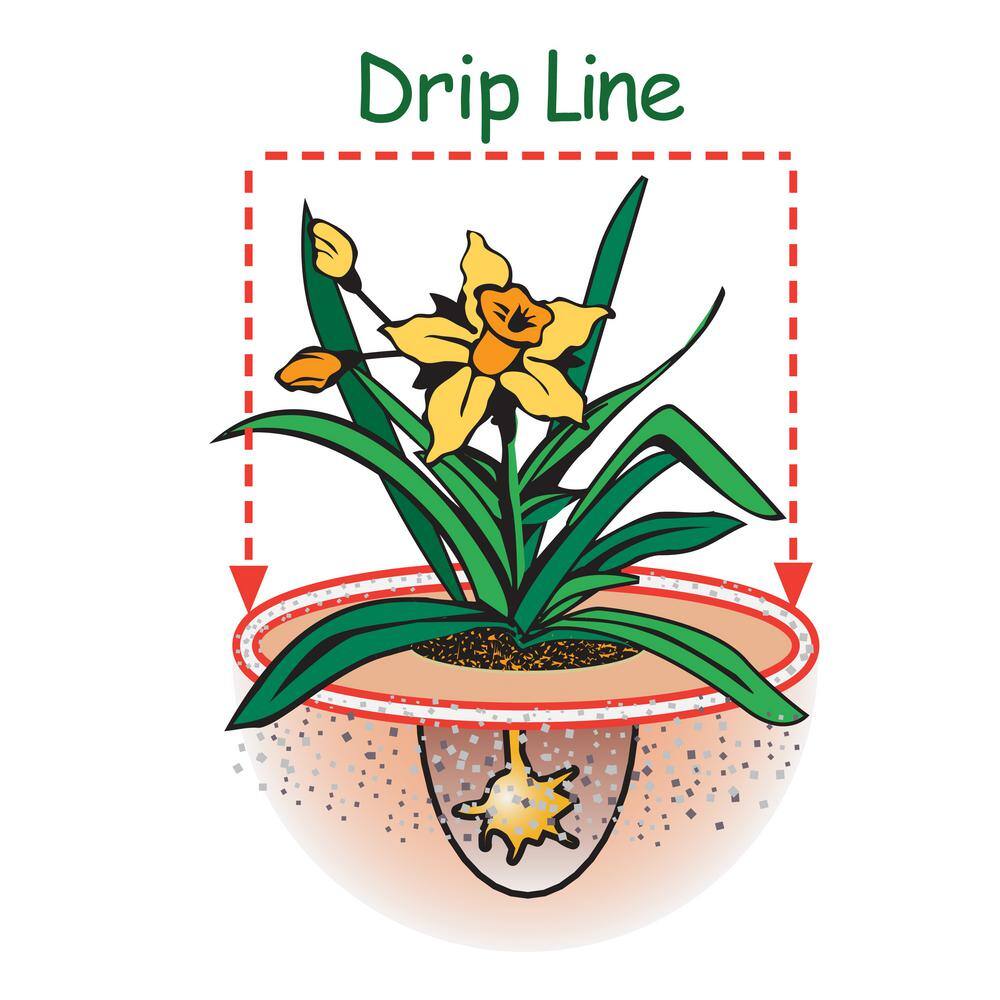
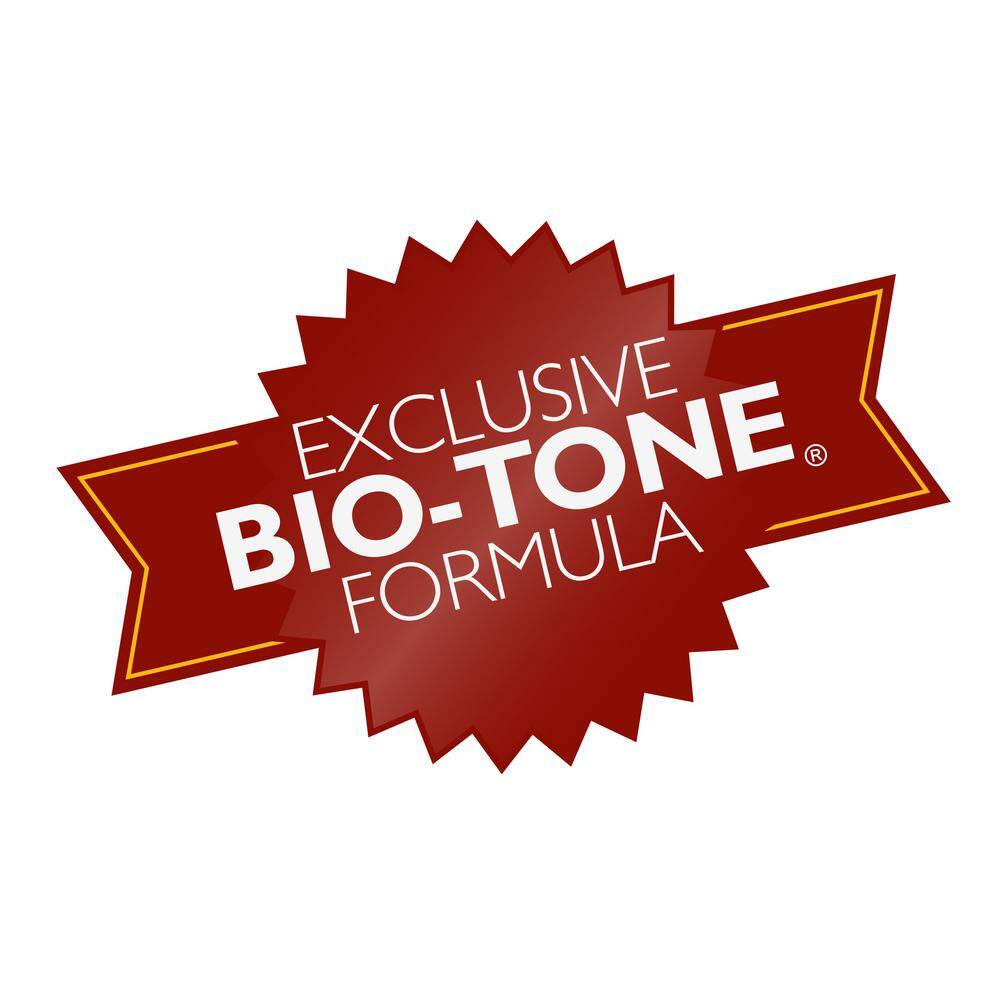



Comment